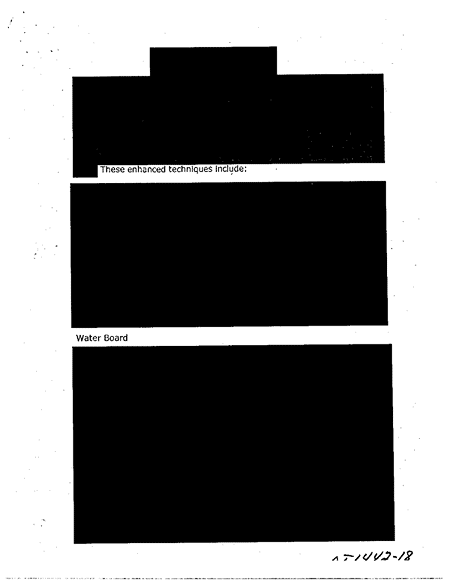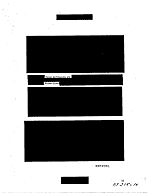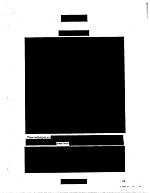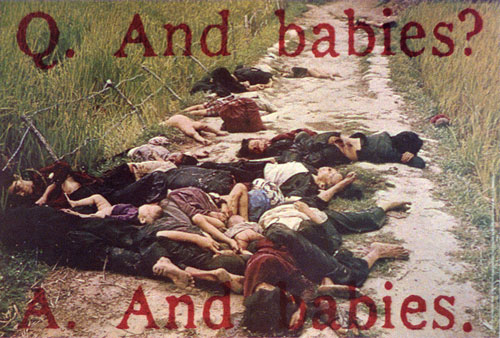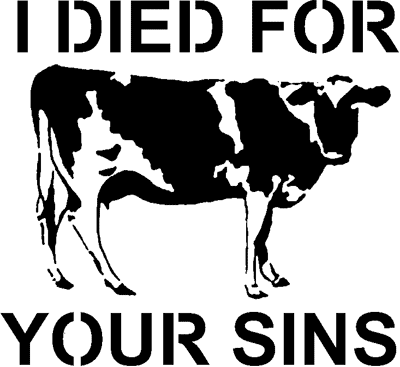May 2008

You Don't Know the Half of It
The ACLU has posted a handful of documents they’ve pried from the CIA about the use of waterboarding on prisoners in CIA custody.
After the Director of the CIA publicly admitted that the CIA has, in fact, used waterboarding, the agency could hardly argue that this was a state secret.
The documents are, of course, heavily redacted, an insolent gesture of spite to the court, the ACLU and concerned citizens. The graphic effect is comically absurd — and chilling to imagine what else lies beneath the black. Click below for a larger image.
Seeing them all together really calls out the collage of visualization techniques: photo montage, 3D computer rendering, painted and vector illustration, maps, all mixed in with charts, graphs and typography.
Making Policy Public: Call for Designers
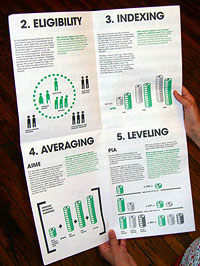 The Center for Urban Pedagogy sends along this open call for designers for its series of borchure-and-poster visual briefs on vital issues in US policy. Their text:
The Center for Urban Pedagogy sends along this open call for designers for its series of borchure-and-poster visual briefs on vital issues in US policy. Their text:
“Making Policy Public, CUP’s new collaborative series of publications, uses innovative graphic design to explore and explain public policy. Our distinguished jury has selected advocates’ proposals for the next issues of Making Policy Public. We are now seeking designers to collaborate with these advocates to illuminate the issues. Designers chosen through the juried submission process will receive full attribution for their work, an honorarium of $1000, and publicity through CUP.”
See the four policy briefs for 2008, as well as previous briefs on The Cargo Chain and The Social Security Risk Machine.
Expressions of interest and a limited portfolio are due Monday, June 16.
For submission guidelines and more about the project, visit the Making Policy Public website: http://www.makingpolicypublic.net
Art Workers’ Coalition
From Wikipedia:
“The Art Workers’ Coalition (AWC) was an open coalition of artists, filmmakers, writers, critics, and museum staff that formed in New York City in January 1969. Its principal aim was to pressure the city’s museums – notably the Museum of Modern Art – into implementing various reforms. These included a more open and less exclusive exhibition policy concerning the artists they exhibited and promoted: the absence of women artists and artists of color was a principal issue of contention; free public access: the coalition successfully pressured the MoMA and other museums into implementing a free admission day that still exists to this day. It also pressured and picketed museums into taking a moral stance on the Vietnam War which resulted in its famous My Lai poster, one of the most important works of political art of the early 1970s. The poster was displayed during demonstrations in front of Pablo Picasso’s Guernica at the MoMA in 1970.”
From Victor Margolin, “Rebellion, Reform, and Revolution: American Graphic Design for Social Change:”
“The Museum of Modem Art had promised to help distribute the poster but the trustees withdrew the agreement, going against the wishes of the staff. Member of the Art Workers’ Coalition picketed the museum in protest and stamped some of the 50,000 copies they distributed with the message, ‘This poster was originally co-sponsored by the Museum of Modem Art. On December 18, 1969, trustee William S. Paley forbad the museum to associate its name with it.’”
The Erased
From January until June 2008, Slovenia holds the EU presidency. It’s an opportune time to spotlight the country’s own human rights record.
On the February 26, 1992, six months after Slovenia declared independence from Yugoslavia, the Ministry of the Interior erased 18,305 legal inhabitants from the Permanent Population Register. With a stroke of the pen, 18,305 individuals became stateless “residents without status,” unable to work legally, losing their drivers licenses, passports and other legal papers. Many were permanent residents of Slovenia who had emigrated elsewhere in Yugoslavia. Some were married to citizens or other residents and had raised families in the country. Suddenly thousands of breadwinners were unable to earn an income. Some were deported, some unable to leave the country — trapped in poverty and bureaucratic limbo. See some of their stories here.
Marc at Osocio sends word about a public, citywide campaign in Slovenia’s capital city Ljubljana to shine a light on The Erased and their ongoing plight. The design studio Poper has postered the town in partnership with Amnesty International Slovenia, the Peace Institute and the city government, rendering the stories of The Erased throughout the city. The campaign’s goal is to raise awareness of the issue, the State’s arbitrary response and blatant disregard of Constitutional Court rulings.
Listen to the last segment of this CBC podcast for more on the issue or read this FAQ on the campaign’s web site: http://www.izbrisan16let.si
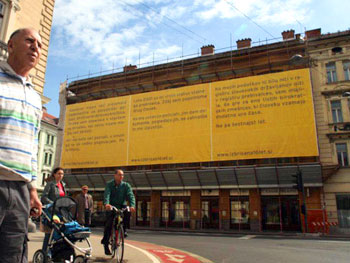
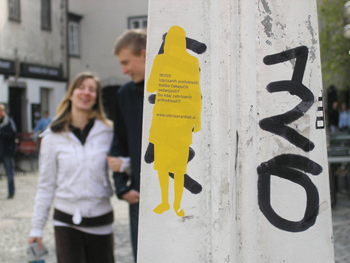

Meat is Martyr
Great image via Stencil Punks, a free online archive of stencil graphics.
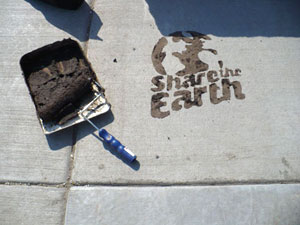
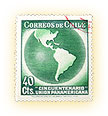 On March 18, the U.S. Postal Service announced that the Clover Technologies Group would provide postage paid envelopes to mail them expired inkjet cartridges, PDAs, Blackberries, digital cameras, iPods or MP3 players to be reused, refurbished or recycled. Envelops will be available at U.S. Post Offices at no cost to the public. Only a pilot project for now, but could expand nationally. (via)
On March 18, the U.S. Postal Service announced that the Clover Technologies Group would provide postage paid envelopes to mail them expired inkjet cartridges, PDAs, Blackberries, digital cameras, iPods or MP3 players to be reused, refurbished or recycled. Envelops will be available at U.S. Post Offices at no cost to the public. Only a pilot project for now, but could expand nationally. (via)A good use case to add to the repertoire of texting and activism. It’s like your own personal urgent action network. Thank you, Blaine!
Update: See this Wired item on using Twitter to coordinate events, rumor control and public safety during direct actions against the war in San Francisco.
Migration and Displacement
Colectivo.Aliados 2.0 has a nice Flickr set of posters and photographs on migration and displacement. These are some of my favorites:
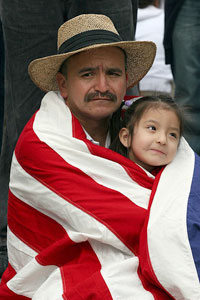
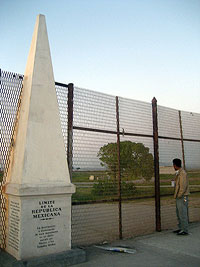
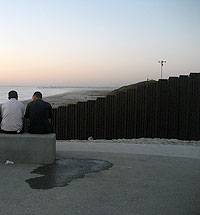
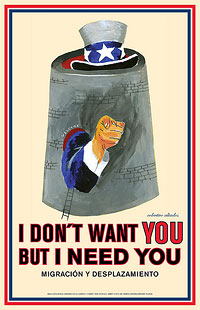
See previous online galleries of their poster work on war, the women of Juárez and domestic violence.


